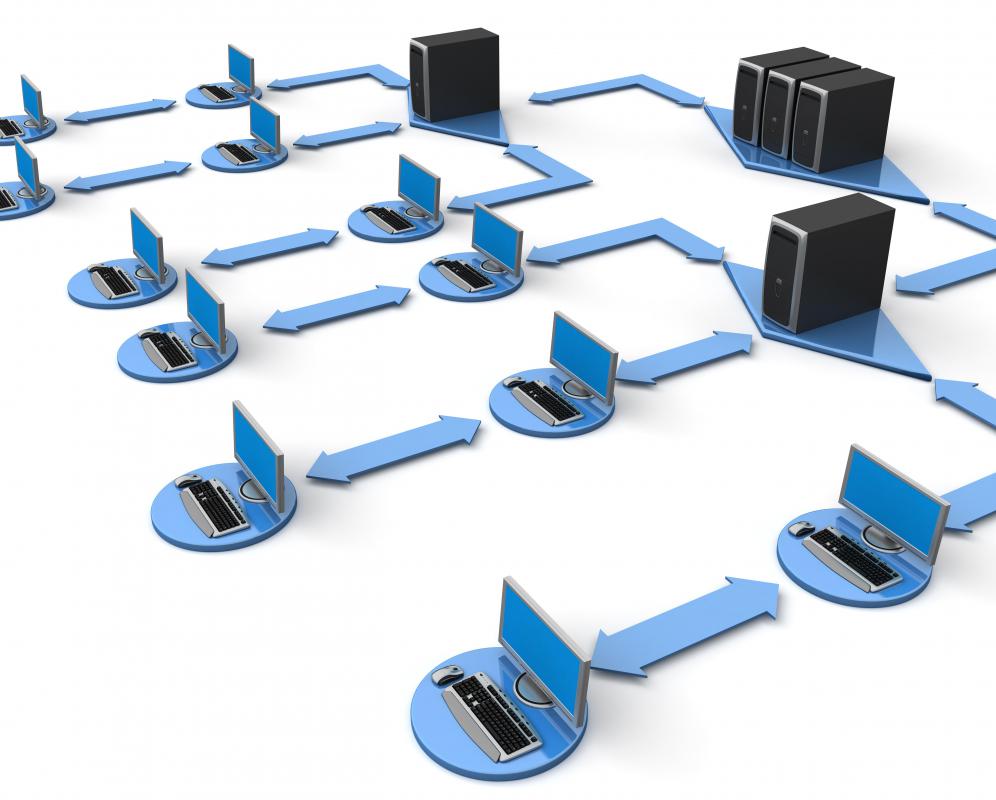At WiseGEEK, we're committed to delivering accurate, trustworthy information. Our expert-authored content is rigorously fact-checked and sourced from credible authorities. Discover how we uphold the highest standards in providing you with reliable knowledge.
What is GPRS Communication?
General packet radio service (GPRS) communication is a wireless technology that uses packet-switching networks to transfer data. It is associated with generation 2.5 (2.5G) wireless networks. GPRS is the reason why mobile devices can send multimedia messages (MMS), download software, check email and use instant messaging.
Packet switching is an improvement over circuit-switching communication technology. Circuit-switching requires a predetermined line of communication to transfer data. No other transmission can use that line for the duration of the transfer. These are called dedicated networks. This is ideal for voice calls, which must be transmitted in consecutive order to make sense.

Data, on the other hand, does not need to be transmitted consecutively. GPRS communication allows data to be broken into packets and sent through free space on any available line. The packets are reassembled at the destination point. Networks that do not use dedicated lines for each transmission are called connectionless.
Connectionless networks create a virtual open line for wireless devices. Data can be transferred continuously. This allows push-to-talk voice calls and instant messaging, which require a constant exchange of data.

The speed of transfer for GPRS communication is 114 kilobytes per second. This enables reasonably fast transmissions. Without the increased speed, wireless networks would be too slow to exchange picture messages, video files and email or to download software.
Before GPRS communication, sending and receiving data was possible, but expensive and slow. Only 10 short messaging service (SMS) text messages could be sent per minute with a second-generation (2G) wireless device. GPRS allows up to 30 SMS texts per minute. Third-generation (3G) and fourth-generation (4G) wireless devices also use GPRS communication technology. The increased bandwidth of later generations of wireless networks allow transfer speeds of more than 10 megabytes per second.
GPRS communication decreases the cost of use per person. Circuit switching required the customer to pay for use of the entire line during voice calls and data transfers. Data was charged per minute, regardless of how much data was actually downloaded. Packet-switching charges per megabyte, and the rate is much cheaper because multiple customers use the same line.
General packet radio service has been enhanced since it was first implemented in 2000. These improvements have made it possible to use GPRS to make voice calls. Voice over Internet protocol (VOIP) uses computers to call telephones and cellphones. VOIP uses packet-switching Internet networks instead of traditional telephone cables.
AS FEATURED ON:
AS FEATURED ON:












Discuss this Article
Post your comments